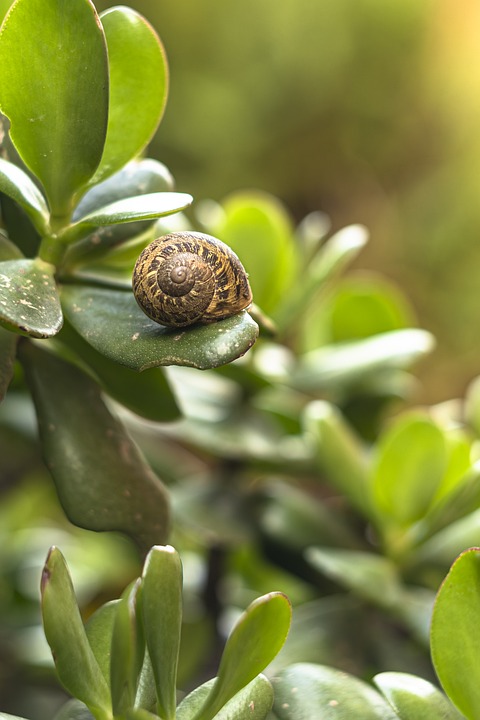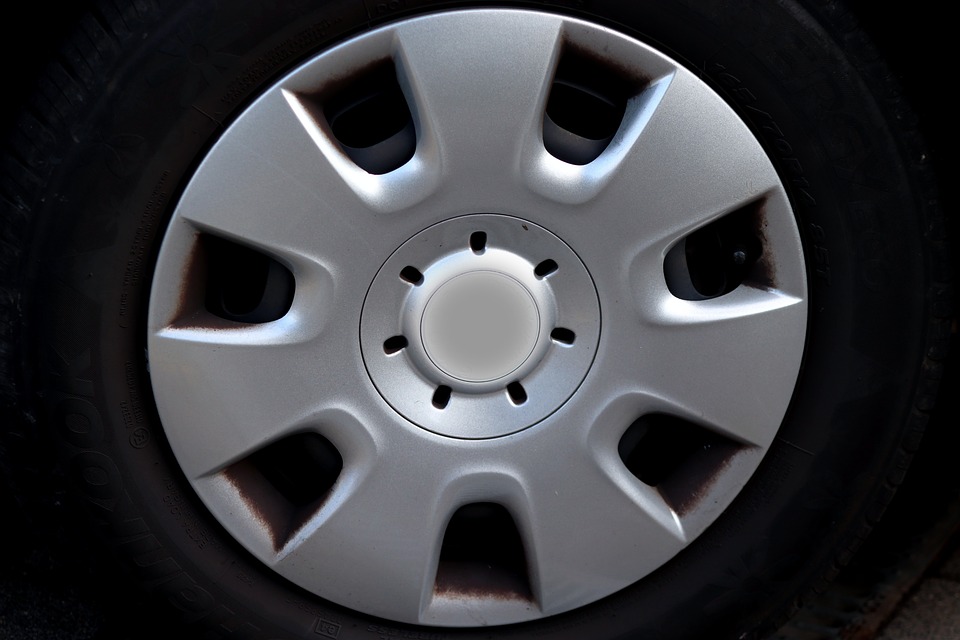Plant cell construction, properties, capabilities and full footage
Identical to animals and people, crops even have advanced cells. One of many traits of plant cells is that they’re rectangular in form and bigger in measurement than animal cells. Every cell has a task that helps the survival of the plant.
Ranging from regulating plant development, flower formation, oxygen manufacturing, and so on. Crops have advanced and strange cells, permitting them to maintain themselves independently.
However have you learnt what these cells include and their capabilities? If not, this text has ready the reply for you. For many who are curious, let’s check out the reason collectively!
Plant cells are
Cells are the smallest a part of a plant. This half incorporates a skinny membrane containing a colloidal answer of chemical compounds. This cell has its personal uniqueness, which is that it is ready to multiply cells by dividing the cells themselves.
It’s sure that each cell in a plant incorporates cell contents. This enables cells to hold out actions and meet their wants independently with out the assistance of different cells.
The primary parts that make up these cells are organelles and cytoplasm. All of the organelles within the cytoplasm will probably be protected by the cell membrane, in order that cell actions can happen safely and aren’t affected by exterior components.
Varieties of plant cells
Crops are made up of small cells that allow them to outlive. These cells aren’t all the identical. There are three varieties of cells that make up the parts of crops. The roles of every cell are as follows:
1. Stable cells
These cells are robust and strong, so the plant just isn’t simply injured. The sclerenchyma cell partitions have good thickness. These cells will develop within the plant physique. Nevertheless, this naked cell will disappear because the cell matures.
Sadly, the lifespan of strong cells just isn’t lengthy. The reason being that these cells are unable to alternate vital substances throughout metabolism. Subsequently cell demise usually happens.
The cells will depart empty cavities after they die. In doing their half, scleral cells have two varieties, particularly fibrils and sclerites.
2. Parenchyma cells
In comparison with the earlier cells, parenchyma cells have thinner main partitions. These cells have the principle perform of supporting survival. Parenchyma cells kind the idea of different plant buildings.
Talking of perform, parenchyma cells are vital for plant perform. These cells are liable for storing phloem and performing photosynthesis. As cells develop, their position in finishing up biochemical capabilities will increase.
These cells turn into a spot for backbone development. The thistle is helpful as a way of self-protection in order that it’s not eaten by herbivores. Nevertheless, usually, parenchyma cells are helpful for storing cotyledons.
3. Collenchyma cells
What distinguishes collenchyma cells is that their main partitions are unequal in thickness. In finishing up their capabilities, hepatocytes work along with parenchyma cells. This cell has a transverse form and an elongated measurement.
This form is helpful in order that the collenchyma cells can perform flexibly. Collenchyma cells can normally be discovered on the stems, petioles and veins of leaves. Collenchyma cells are not often present in roots.
Its traits
These cells have bodily properties which might be very totally different from human and animal cells. To be extra acquainted, let’s study a few of the traits of this single cell as follows:
- Cell form doesn’t change (mounted)
- Power is saved within the type of starch molecules
- Incorporates plastids (chloroplasts, chromoplasts, and leukoplasts)
- It consists of cell partitions
- The kernel measurement is small
- Giant hole measurement
Image of a plant cell
It might be extra enjoyable for those who noticed these cells in picture kind, would not it? You may see the anatomy of this cell and its vital parts within the picture beneath:
Plant cell construction and capabilities
Crops that in the first place look appear to be easy residing organisms, even have a really advanced cell construction. After figuring out the totally different parts that make up this cell, allow us to additionally study in regards to the capabilities of the cell elements beneath:
1. Cell wall
That is the outer a part of the cell and due to this fact has strong and inflexible properties. The cell wall acts as a protector of the inside of main plant cells, together with the cell membrane and its contents.
Except for the principle cell safety, the cell wall additionally performs a task in regulating the stress of water coming into the cell in order that it doesn’t threaten cell survival.
Crops normally have two varieties of cell partitions, main and secondary. The first wall tends to be extra versatile and is positioned between the center lamina and the secondary wall. In the meantime, secondary partitions are the other, being stronger, stiffer and thicker.
2. Cell membrane
It’s a protector of the principle cells. The cell membrane protects the principle plant cells with a particular layer made up of lipids, phospholipids and proteins. This membrane additionally separates the cytoplasm from the exterior setting.
Aside from being helpful for shielding the principle plant cells, this half additionally capabilities in transporting substances resembling minerals, ions and vitamins into the cells. This membrane is the a part of the plant liable for sustaining the water steadiness and the density of solutes within the cell.
3. Cytoplasm
That is the fluid saved between the cell membrane and the nucleus. The cytoplasm incorporates many vital parts wanted by main plant cells, resembling vacuoles, mitochondria, chloroplasts and others.
Collectively, every of those organelles contributes to finishing up processes within the cell. The cytoplasm is also known as a gel or gelatinous medium. Actually, varied chemical reactions and metabolic processes in crops happen within the cytoplasm.
4. Cell nucleus
The cell nucleus or nucleus is the middle of plant mobile actions. This part focuses on regulating the course of metabolic processes in crops and managing the genetic materials of the cell.
In crops, the nucleus is nicely protected by a membrane. The nucleus itself consists of chromosomes, the nucleolus, and the nucleoplasm.
On condition that the genetic administration of a cell takes place inside it, the nucleus can be the place transcription and RNA synthesis happen. The DNA within the nucleus is known as chromatin.
5. Ribosomes
Ribosomes are one of many mobile organelles present in main plant cells. When crops perform genetic directions, ribosomes will work with the nucleus. Ribosomes are also known as “protein factories.”
It’s because this organelle additionally capabilities in producing proteins wanted for plant mobile actions. Ribosomes themselves are divided into two varieties: certain ribosomes and free ribosomes. The distinction is that certain ribosomes are inclined to fuse with the endoplasmic reticulum.
6. Gaps
The perform of vacuoles in plant cells is to retailer varied vital substances that the plant wants. Not surprisingly, vacuoles are the most important organelles present in main plant cells. The form resembles a big bag containing a particular liquid.
This liquid is a storage place for natural and inorganic compounds. Numerous substances resembling protein, sugar, water, natural acids, minerals and different vital substances are saved on this organelle.
The vacuole is protected by a skinny membrane layer referred to as tonoplast. The perform of the vacuole can’t be changed, as a result of this organelle can be helpful in sustaining balanced pH values, regulating stress in cells and sequestering plant metabolic residues.
7. Mitochondria
The subsequent main organelle present in plant cells is the mitochondria. This cell organelle has a particular oval form, resembling a sausage. Mitochondria primarily produce vitality.
Mitochondria do that by means of the method of mobile respiration which converts oxygen and sugar into carbon dioxide and vitality.
Its perform, which is carefully associated to vitality manufacturing, lastly earned it the title of vitality home of cells or vitality producer of cells. With out mitochondria, cells wouldn’t get the vitality they should reside.
8. Many Golgi equipment
Golgi our bodies or by different names, dethisomes, are not any much less vital organelles in plant cells. At first look, this organelle resembles the endoplasmic reticulum, besides that the Golgi physique just isn’t hooked up to the cell nucleus.
The form of the Golgi physique is within the type of skinny sacs overlapping one another. Basically, this organelle capabilities as a car for cell secretion.
The Golgi equipment helps convert inactive enzymes into lively enzymes that cells can use once more. Later the completed enzyme will probably be despatched to the elements of the cell that want it.
Aside from this, the Golgi physique can be a second storage place for proteins produced by the endoplasmic reticulum.
9. Chloroplasts
Chloroplasts or chloroplasts are the “kitchen” of cells. Identical to people, you want a kitchen to course of sure substances so your physique can eat them. Likewise with chloroplasts. This plant cell organelle is discovered solely in crops.
It’s characterised by inexperienced colour and oval form. However there are additionally flat chloroplasts. Chloroplasts are protected by two membranes, the outer membrane and the interior membrane.
Chlorobes produce meals utilizing vitality from daylight, which they then produce within the type of meals and oxygen. In capturing daylight, chloroplasts are aided by photosynthetic pigments resembling chlorophyll and carotenoids.
10. Lysosomes
When overseas objects or substances enter cells, they will jeopardize the continuity of plant mobile actions. Right here lysosomes play a task in stopping these issues. Lysosomes are capable of digest and destroy substances that may harm cells.
In actual fact, lysosomes are the principle a part of the cell’s digestive system. Lysosomes assist take up macromolecules resembling lipids, proteins and nucleic acids that are then used to take care of cell membranes.
Surprisingly, lysosomes haven’t beforehand been present in crops. So there’s nonetheless a whole lot of analysis doing research on lysosomes.
11. Endoplasmic reticulum
The endoplasmic reticulum, or ER for brief, is a community that facilitates the transport of gear wanted by cells. This organelle is usually positioned not removed from the cell nucleus. At first look, RE’s look resembles a maze with winding partitions.
Renewable vitality itself consists of two varieties, micro-renewable vitality and uncooked renewable vitality. Clean ER perform removes toxins, digests carbohydrates, and shops calcium. In the meantime, the tough ER area is helpful as a website for protein synthesis and protein modification.
As well as, the tough ER floor is related to ribosomes, whereas the sleek ER floor just isn’t related to ribosomes.
The anatomy of plant cells is advanced. Though they’re small and can’t be seen with the bare eye, these cell elements are carefully associated to one another in supporting flora, from offering vitality and storing meals to performing photosynthesis.





